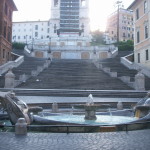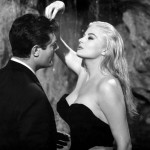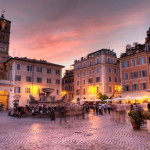Palazzo dei Congressi
Data Pubblicazione giugno 14, 2014One of the few planned developments in the city of Rome’s history, the EUR business district was constructed on occasion of the 1942 Universial Exposition, and although the exhibition was cancelled, the name remained: Esposizione Universale di Roma (Roman Universal Exhibition), usually known simply as EUR. There are a couple of museums here, but this district’s appeal lies especially in its outstanding rationalist architecture. The style is gorgeously expressed in a series of distinctive buildings, including the impressive Palazzo dei Ricevimenti e dei Congressi. The Palace of Congress at the EUR is one of the most interesting projects of the EUR area in Rome, designed to host the Universal Exhibition of Rome of 1942. The start of World War II prevented the 1942 Universal Exposition from taking place and interfered with the completion of many of the structures and buildings planned. The project of the Palazzo dei Congressi was completed only in the year 1954. The building’s architect Adalberto Libera aimed at giving the structure a noble appearance, combining modern lines with a general classical taste. The attention for detail, its sharp architectural outlines and its clean shapes make the Palace of Congress at the EUR a brilliant example of rationalist architecture and it shows Adalberto Libera’s ability to design ambiguously in a metaphysical language that sits halfway between neoclassicism and modernism. The Palazzo dei Ricevimenti e dei Congressi is regarded as an innovative monument taking its place in history. The spaces of the Palazzo are enriched by works of art created by the most prominent Italian artists of the 20th century. On the back wall of the Kennedy Hall, you can see a fresco painted by Achille Funi in 1953, featuring a series of scenes on the history of Rome. In the Art Hall you can see a polychrome panel produced by Futurist artist Gino Severini in 1953. The Palace of Congress at the EUR hosted the fencing part of the modern pentathlon competitions for the 1960 Summer Olympics. The EUR area is still a focus for development, with the New Convention Center, nicknamed Cloud for his futuristic shapes, being built here.
Related Posts
Rome Tour

Climb Saint Peter’s chapel
Rome top view is totally breath taking: your eyes will look right into Conciliazione’s street where you can ...Auditorium Parco della Musica
It is a multifunctional complex in Pietro de Coubertin street (official web site: auditorium.com): through this creation, Rome ...
CASTEL SANT’ANGELO’S TERRACE
You cannot miss Castel Sant Angelo if you are visiting Rome. In fact in its main entrance has tons ...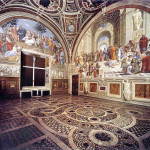
Musei Vaticani: le Stanze di Raffaello
It’s some kind of magic experienced in here that gives to the visitor a feeling that never goes ...
A Museum in Roma in Trastevere
The Museum of Roma In Trastevere (Piazza Sant'Egidio 1/b) it is a very characteristic place. Here there is ...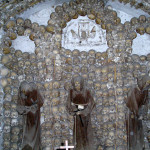
Santa Maria dell’Immacolata Concezione’s church
When you step in this church you will remain astonished from the beauty of the structure but either ...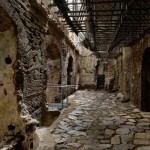
CRYPTA BALBI, NATIONAL ROMAN MUSEUM
Only one block that contain the whole Roman history: the crypt it is none other than a Lucio ...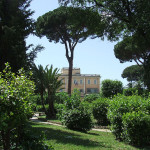
VILLA CELIMONTANA
While walking around Villa Celimontana (by Via della Navicella, 12) it is possible that you end up under ...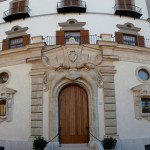
Monster’s house – Palazzo Zuccari
It is located at the bottom of Trinità dei Monti along Sistina and Gregoriana’s street, and it is ...